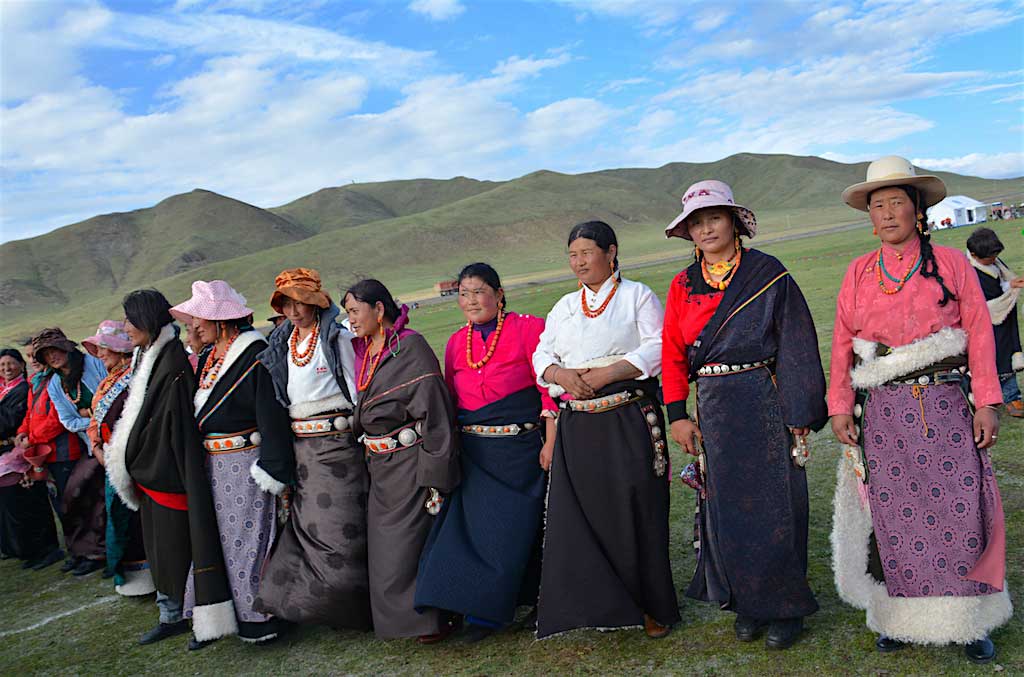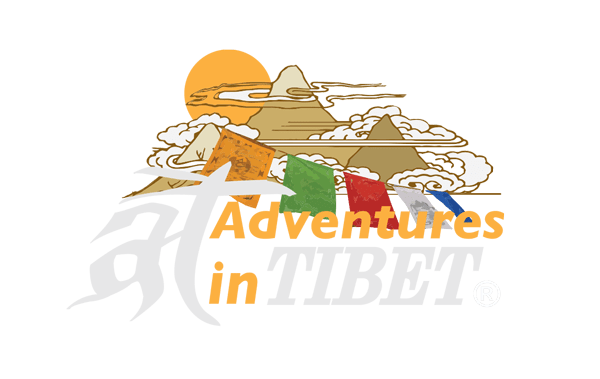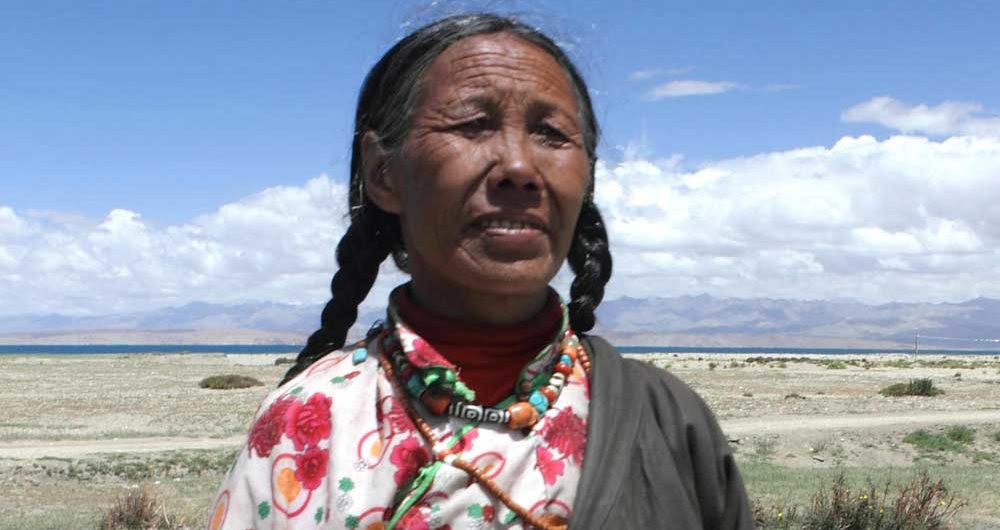Tibetan People
Who are Tibetan people? Where did they come from? The people who we consider Tibetan today are a temporal expression of a group identity which has been shifting. And re-forming its borders for thousands of years. Even before the conquests of the Dharma Kings, who ruled from the seventh to tenth centuries. Whose impressive campaigns spread Buddhism and Tibetan culture across the plateau. Various tribes and kingdoms had already been subjugated by the early kings of the Yarlung Dynasty. Refer to an article that becomes your guides to traveling in Tibetan areas if you are about to plan a trip to Tibet recently.
A recent study has found that the blood-oxygen affecting EPAS-1 gene is prevalent among Tibetans. This gene was passed on to our early ancestors through interbreeding with another, now extinct, species of human, the Denisovans. Expression of this gene has been favored in Tibetans through countless generations of life at high altitude. The gene prevents the body from producing an excess of red blood cells at high altitude. Thereby safeguarding against the blood thickening that will naturally occur in the bodies of low-altitude adapted humans. So the early ancestors of the Tibetan people interbred with Denisovans. But this fact alone does not explain who exactly Tibetans are. In fact, Tibetan history as traditionally taught by Tibetans can help us to get. A more complete picture of just how diverse and complex a human history the Tibetan people have.
Origin of Tibetan People
Pre-Buddhist cosmology offers many explanations for the creation of the world. But has largely been usurped by the Buddhist narrative, which is taught in Tibetan centers of learning as an explanation of the origins of the Tibetan people. Long ago, a manifestation of the Buddha of Compassion was born on the Tibetan plateau as an ape. His mate was a violent and ill-tempered rock demoness. The six offspring of the “parents of the Tibetans” are said to have been the ancestors of the original six tribes of Tibet. Today, Tibetans still say that they have inherited as a part of their nature, the kindness of their father and the temperament of their mother.

The early history of these six tribes, like other pre-literary history, was passed down orally until the advent of writing in the seventh century when many carefully kept oral traditions were written down in detail. Early history tells of a time when the tribes were “barely human”, lived without culture, and engaged in uncivilized behaviors. They pushed the pre-Tibetan inhabitants of the plateau out. And were constantly warring with each other before they gradually evolved into more civilized societies.
Many Tibetan scholars theorize that at some point as the Tibetans’ early ancestors moved into the feudal period. Developed small kingdoms around the Yarlung Valley in central Tibet, the name Bod (the name for Tibet in Tibetan) appeared. There is much scholarly debate as to whether or not this name had an original meaning. Simply a name, but it is certain that Bod and the people who lived there were the first Tibetans. As their culture and kingdom spread, so did the number of people who came to consider themselves Bod-pa (Tibetan). They subsumed, over time, many different identities and peoples, making the Bod-pa of today an interesting mixture of histories and cultures.
Kingdom of Tibet
Nyatri Tsanpo was the first king of Tibet’s Yarlung Dynasty. Which is said to have ruled unbroken until the time of Langdarma in the ninth century. During the early years of the dynasty, the actual extent of a consolidated landholding, or an empire itself for that matter, was quite limited. Many powerful local kingdoms, such as Sumpa and Zhangzhung existed until the 33rd king, Songstan Gampo. Songtsan Gampo came to power. Songtsan Gampo’s military conquests brought an area much larger than the geographic limits of the plateau. Under the control and cultural influence of the Yarlung Dynasty.
The king sent troops to the borders, made pacts with locally powerful chieftains, and launched a campaign to conquer Zhangzhung, a powerful kingdom to the west in what is today known as the Ngari region in the westernmost part of the Tibetan Autonomous Region. At its height the Tibetan empire controlled the later semi-independent kingdom of Ladakh, the Baltistan region of Pakistan, part of present-day northern Afghanistan, and Bhutan, among other places.

Trading Business
With the Silk Road to the North, the Tea and Horse Road cutting across the south. And many smaller trade routes moving in and around the plateau, the Tibetan empire was for at a crossroads of people and cultures for centuries. Iranian Buddhist pilgrims occasionally moved onto the plateau, and the Afghani neighbors of the western landholdings intermarried with local peoples. Many Mongolian herdsmen, as well as Tui people and Salars in the north came to share religion, language, and custom with Tibetan people.
On the eastern edges of the plateau, Tibetan and Han Chinese populations intermingled and to the south. For example, Naxi princesses married into royal families of the Tibetan city of Gyalthang. King Songtsan Gampo himself had two brides, one the daughter of the King of Nepal. One the niece of the Tang Empire. Along the way these interactions brought new identities, new people, stories, and knowledge into the fold of “Tibetan”. Like many places in central Asia during that time period, it was a time of trade and travel.
Identity of Tibetan People
The Tibetans of today are a product of history. Especially when one travels to the edges of the plateau, it is clear that Tibetans have absorbed new peoples, ideas, and faces over the years. Through cultural assimilation, descendents of Zhangzhung people have largely become Tibetan. In some villages on the plateau, however, people that outsiders may consider Tibetan, have a different name for themselves. Some people in the Gyarong regions of western Sichuan, though once conquered by the Tibetan empire and adhering to Tibetan Buddhism, refer to themselves in different terms entirely.
In Hainan, many Mongolian families have intermixed with Tibetan families. Attend Tibetan schools, no longer speak Mongolian, are often referred to as Tibetan, but maintain ties to their Mongol heritage. Sometimes local identities shift into something new. The ancestors of the Sherpa people of Nepal, for example, are Tibetan. Check an amazing Qinghai tour if you are interested to know more about Tibetans in Qinghai Province.
Travel Tips for Tibetan Areas
If you are thinking of travel to Tibet, you should know how to get Tibet travel permit in the first time. Trip to Lhasa and beyond, attractions in Kailash region is included in the Tibet autonomous region and required a travel permit to access. Adventures In Tibet also has one of our great overland trips starting from Lhasa to Kashgar to recommend you the best thing to do. Check our other essential internal links that may help you are: Trekking Adventures | Our Office Direction | Tibet group visa.


Comments